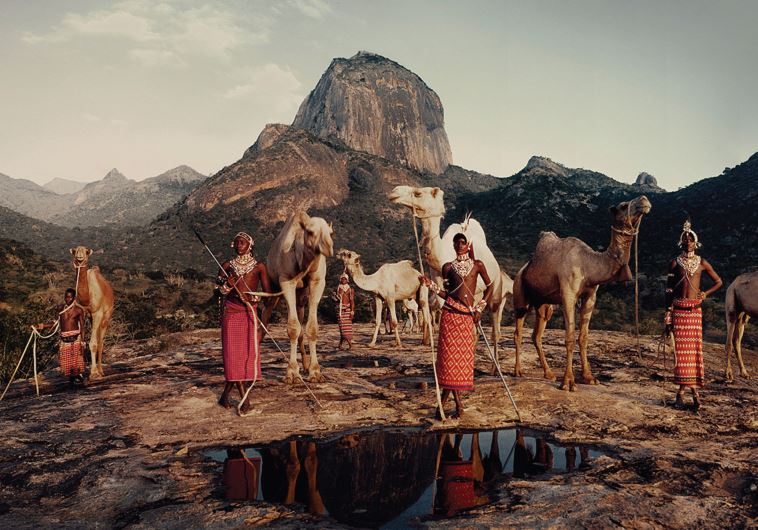Photography: Exotic odyssey
Aiming the lens at next week’s annual Photography Convention – and Jimmy Nelson’s portraits of indigenous tribes all over the world.
 ‘Lelesas, Louelen, Lewangu, Lepokodou, Loingu & Nyerere’: Ndoto Mountain Range, Kenya(photo credit: JIMMY NELSON PICTURES B.V.)
‘Lelesas, Louelen, Lewangu, Lepokodou, Loingu & Nyerere’: Ndoto Mountain Range, Kenya(photo credit: JIMMY NELSON PICTURES B.V.)